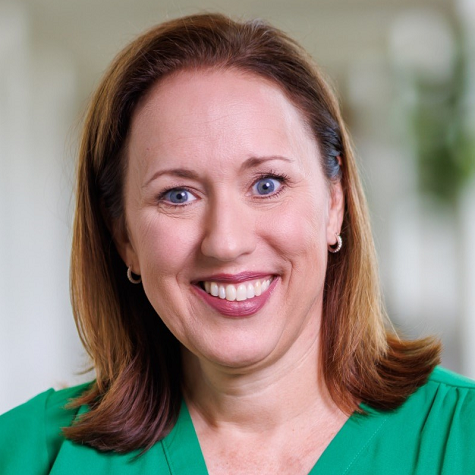“I love change! Bring it on!” said no church member, ever. Yet, change is essential if the church is going to be relevant and vital. While I am no expert on leading change, the small church I pastor in Spring Hill, Kansas is in a position where change is our only option. Like many small churches, we face closure in the near future if we don’t consider significantly changing the church that has existed for 165 years. In navigating this challenge with our congregation, the following three (not-always-easy) leadership principles have been my guides:
Acknowledge Loss
With every change comes loss. Loss of identity, loss of comfort, and loss of intimacy are three intangible losses many folks experience but aren’t always able to articulate. Helping people name their loss and validating the feelings that accompany loss brings a sense of authenticity and honor to what is fading away, allowing people to create space to embrace change. The loss is real, and I remind myself often to acknowledge, “This must be really difficult for you.”
Be a Pastor
In addition to listening to people’s losses, embrace your pastoral role. When your character is attacked, respond with compassion. When people disagree with you in public, return to the foundational reasons why loving other people – particularly people who are not involved in church – requires change. When people want to argue, choose prayer instead. Lean into your calling and remember the purpose of the church, but love people first.
Articulate the Vision
Especially when leading major change in your church, remind the congregation why it is necessary. Simply gaining new members or increasing financial stability are never compelling visions for the church. Creating a place where all people – especially those who don’t know Jesus – can experience Christ’s love, be healed, formed in His image and sent back out to sacrificially love others is the mission of the Church universal and must be the foundational vision of every church’s future.
After undertaking lots of changes over our first years together, I introduced our need for more significant change through a series of three sermons on discernment. At the end of each sermon, I asked those in attendance to write on an index card how they were feeling. Following each sermon, I sent an email to the congregation with a copy of my sermon manuscript and, in the spirit of transparency, the feelings people expressed during worship. This showed that no one was alone in their feelings. It taught those who were excited about change that the entire church wasn’t quite prepared. It also showed those who were feeling resistant that others were eager to embrace a new future.
The first week, a few people expressed quite a bit of anger. Others offered that they felt confused and fearful. By the third week, every feeling was positive, expressing some form of the thought, “Change is scary, but I know it must happen. I’m willing to do my part to embrace change.” It felt like nothing short of a miracle.
The final thought I left with the congregation was that discerning change on a large scale can be difficult and nebulous. Creating smaller steps towards change can be more manageable. Those baby steps can be as simple as considering the next loving thing. Once we embrace the thought that change itself is the next loving thing, the change might not come easily, but it has the potential to be framed in a way that is both loving and doable, even for the most resistant folks.
If significant change is called for in your situation, how will you introduce the need? Then, what small steps can you identify that would make change more manageable for your congregation or team?

Angie McCarty is both our Adult Classes and Studies Program Director and Pastor of Spring Hill United Methodist Church. Before moving to Kansas in 2017, she served churches in Tucson, Arizona for 14 years. She loves coffee, playing the piano, reading non-fiction, watching dark TV shows, teaching cycling classes, and life with her husband Jonathan and their combined 6 children.